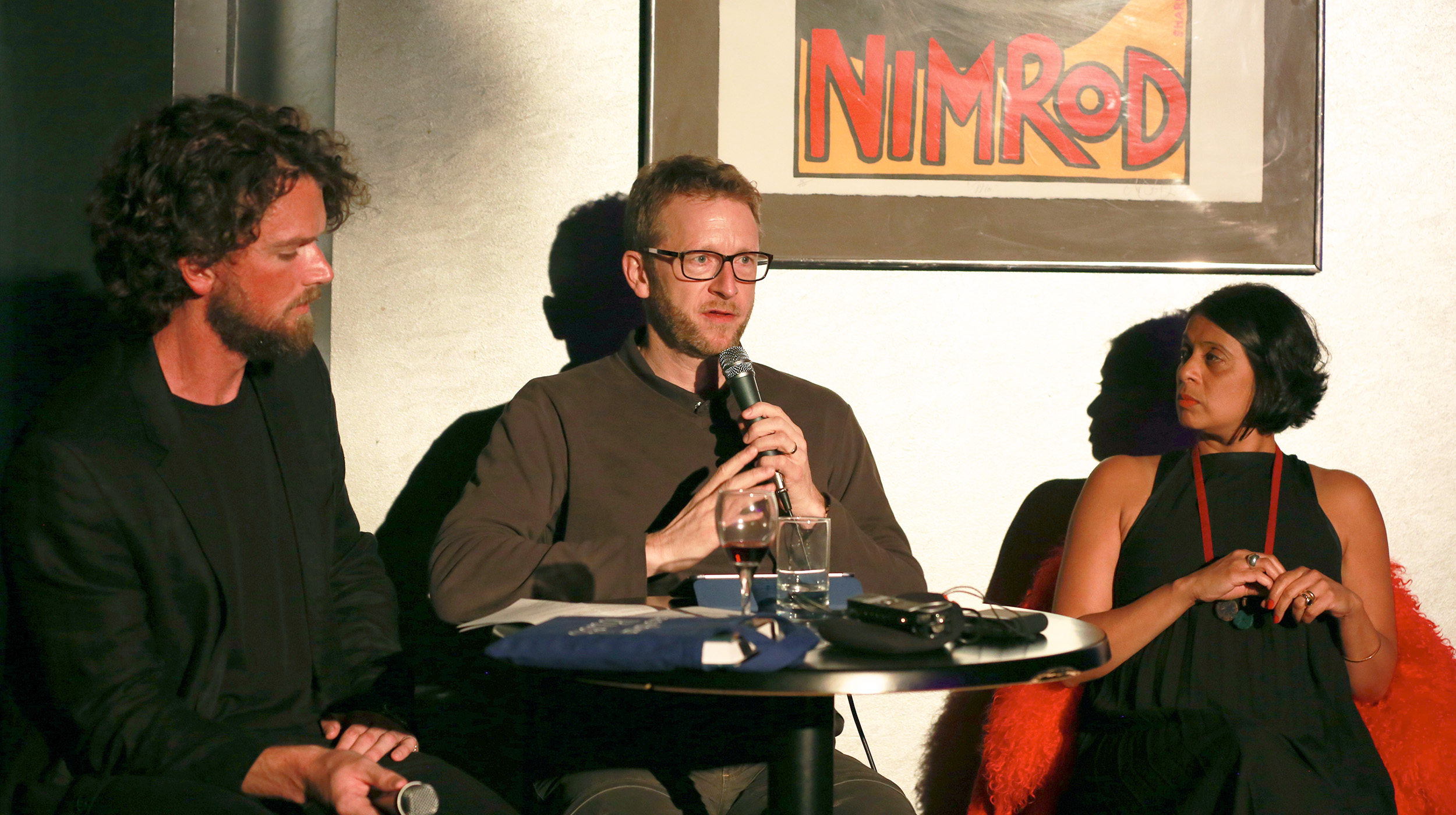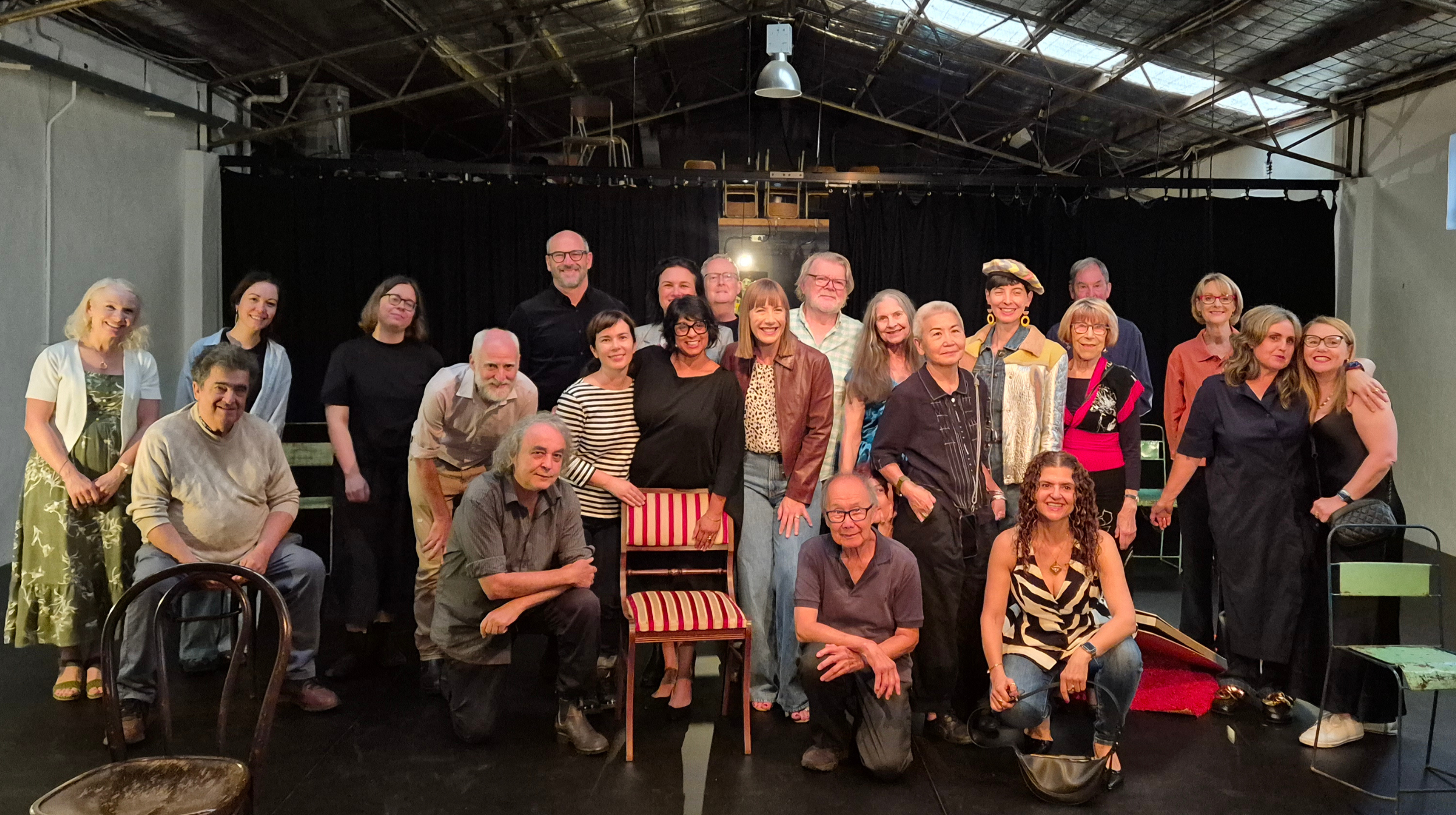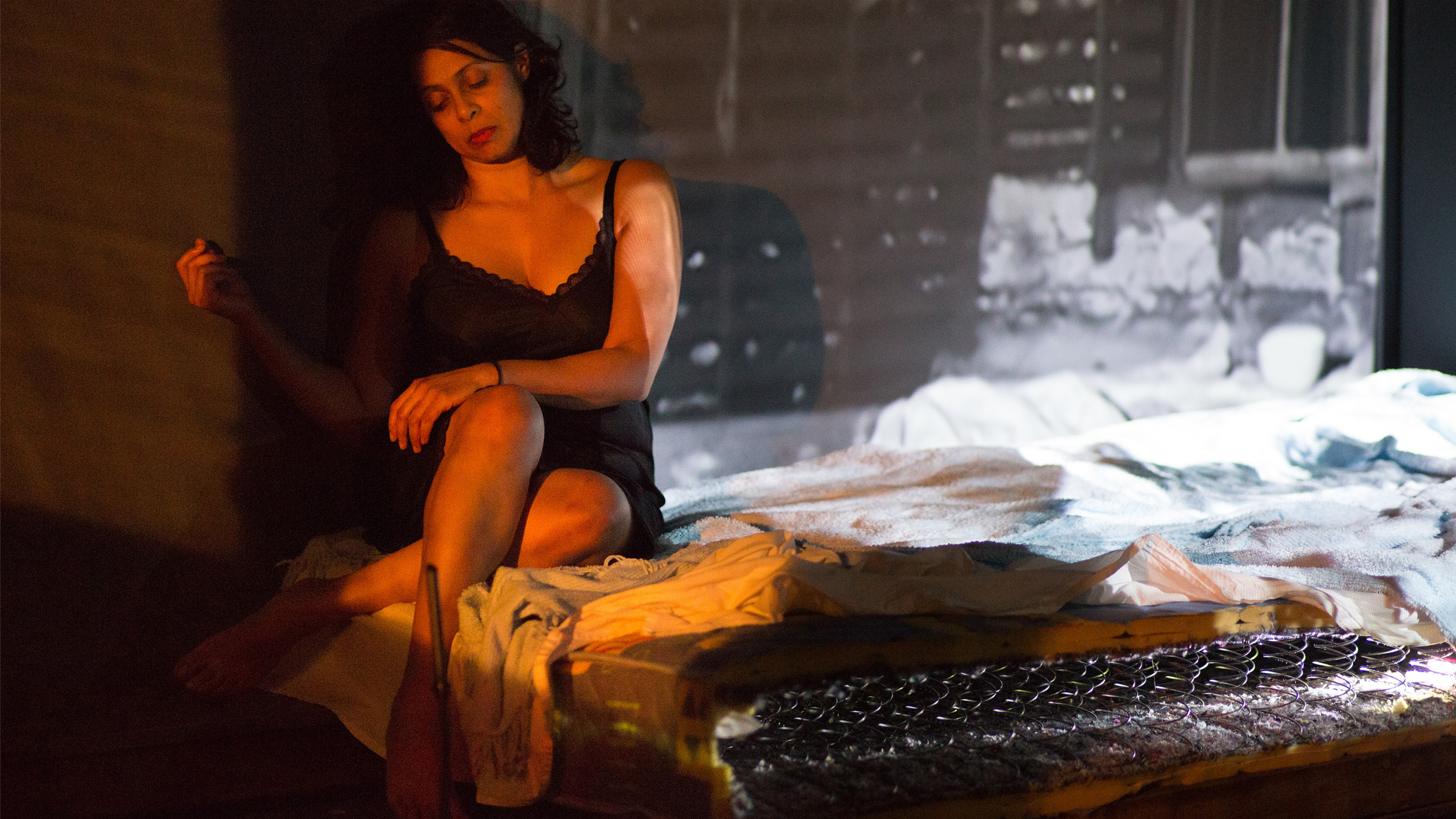
Performing Climate Change
04.02.2018
By David Roesner, Professor for Theatre and Music Theatre, LMU Munich
When Michelle St Anne approached me six months ago, triggered by reading and resonating with my book Composed Theatre (co-edited and co-authored with Matthias Rebstock), I was intrigued by the traces of her work with The Living Room Theatre on its website. I was, however, unsure how I could be useful to her newest project, since my knowledge on climate change is that of an averagely informed newspaper reader.
Reading, by her recommendation, the excellent sociological study Heat Wave by Eric Klinenberg, I became more and more fascinated. Klinenberg’s study and the subsequent second major inspiration for Michelle’s work, Kari Norgaard’s Living in Denial, which focused on a Norwegian community’s absence of a response to the dramatic changes it faces, deal with an invisible killer (heat), an absence (of snow), of a lack of appropriate responses (denial by communities, individuals, local and national governments).
Theatre is all about showing, telling, making visible and audible: how would theatre as a medium be able to communicate some of the ideas and experiences, which the academic studies have put so expertly into words? Would it need to become a lecture, like British director Katie Mitchell‘s production 2071 or a kind of interactive game, hosted by actual climate scientist, which cast the audience as all the nations which were represented at the 2016 Paris climate conference, as the German theatre collective Rimini Protokoll staged it?
On arriving in Sydney on January 4, our first task as collaborators was to find a common language, to create a space, in which we could meaningfully interact. It turned out quickly that two factors helped in speeding that process along: not being precious about one’s work or ego, and a sense of humour! (It also helped that Michelle very tactfully refrained from forcing my jet-lagged self into a dark rehearsal space on the first day. We spent it lunching at the Harbour and riding a ferry up and down the glorious Sydney bay.)
A next step was to establish some reference points: works and thoughts by other artists, who would allow us both to see her work – she had already developed a number of scenes and shown them at an open rehearsal, of which I had seen a video) – with a distance. Given the paradox outlined above (the invisibility of heat, the inaction of denial as material for a theatre performance), German composer and director Heiner Goebbels seemed an appropriate person to look at. His most recent book is called: Aesthetic of Absence! Despite different performative outcomes (and budgets!) his and Michelle’s work share some similarities: both refrain from telling a straight-forward story, both work collaboratively, but also rely on their own artistic “voice” uncompromisingly, both create experiences for the audience and leave them with open questions and enigmatic images, refusing to tell them what to feel or think.
In the two weeks of working together – with Michelle directing and me functioning as a kind of dramaturg/outside eye – there were a few themes and questions that became important: what can an image, a gesture, a sound communicate, without being overly didactic and “on the nose”, but without being completely cryptic either? How to create enough context for a scene to resonate on more than one level with the audience? How to hold the piece together, when its dramaturgy is not predetermined by a story and character we can identify with? And how to direct performers, whose wordless tasks on stage may be quite formal but cannot be mechanical?
Consequently, there were two main levels of feedback I could offer: first, what kinds of meaning and what associations I felt presented themselves in the often slow, ritualistic and evocative images Michelle invents: a women (Alicia Gonzalez) slowly sliding out of a blouse, which had tied her to a chair, another woman with an Elephant mask (Lian Loke) dancing to Barry Manilow‘s Copacabana, a dissection room full of tape recorders playing testimonies on the impact of heat on Sydney communities. Second, paying attention to what we called “sonic coherence” as shorthand (which sometimes turned into the misremembered, but also quite significant: sonic cohesion!). In other words, discussing with Michelle and her excellent sound designer Alex Spence over whether the piece made sense on a compositional level, for example by using different kinds of white noise as a motif in several permutations: a TV set with no reception, the wave-like noises of a tarpaulin, a few laboured final breaths, the low rumbles and hisses of an ice shelf breaking away.
I was fascinated by the simplicity and slowness of Michelle’s work on the one hand, and its complexity on the other: her piece will, I am sure, offer a powerful echo chamber for communal and personal resonances of climate change and its societal impact on our lives: in Chicago, Norway, Sydney, or anywhere else.
David Roesner is Professor for Theatre and Music-Theatre at the LMU Munich. He previously worked at the Universities of Hildesheim, Exeter and Kent. In 2003 he published his first monograph on ‘Theatre as Music’ and later won the Thurnau Award for Music-Theatre Studies for his article “The politics of the polyphony of performance” in 2007. Recent publications include Theatre Noise. The Sound of Performance (with Lynne Kendrick, CSP, 2011), Composed Theatre. Aesthetics, Practices, Processes (with Matthias Rebstock, Intellect, 2012) and his latest monograph Musicality in Theatre. Music as Model, Method and Metaphor in Theatre-Making (Ashgate 2014). For a full list of publications and projects see: http://mhn.academia.edu/DavidRoesner.
Blog Series Editor: Anastasia Mortimer


